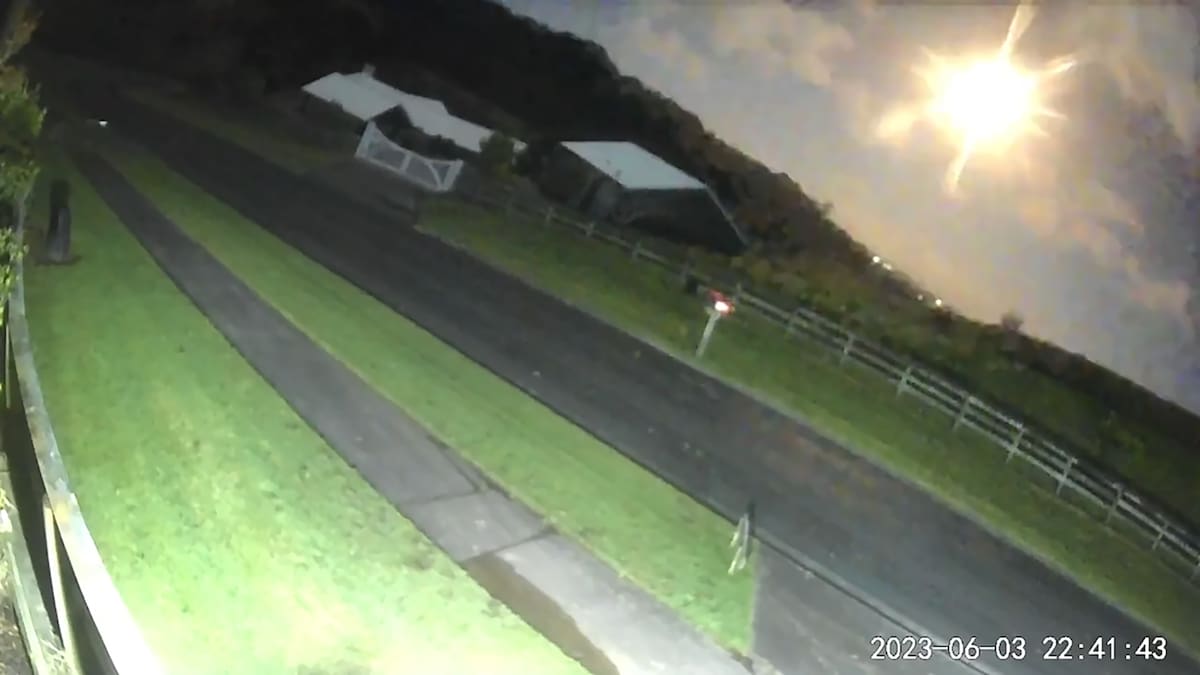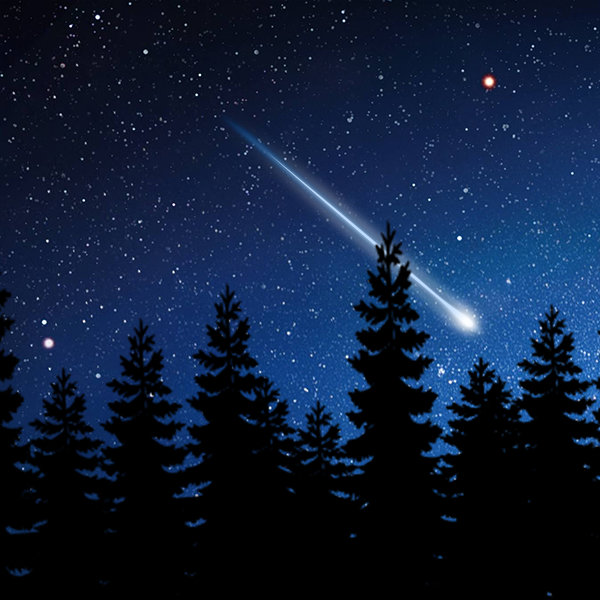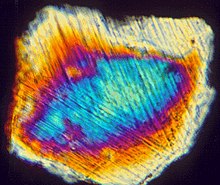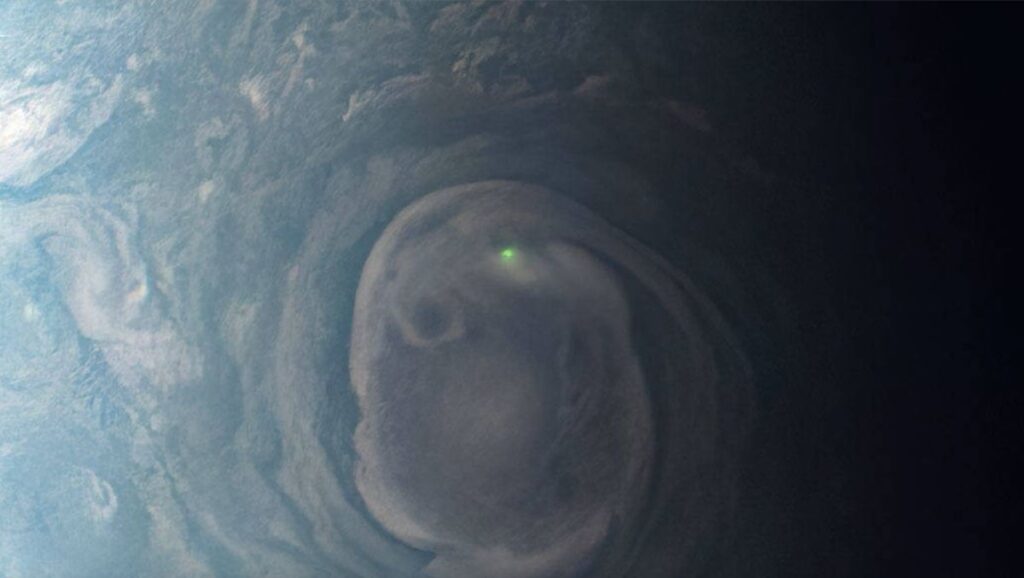BREAKING: A mysterious bright green flash on Jupiter was just captured by NASA
By
Editor
June 20, 2023
Must read
June 20, 2023
June 19, 2023
June 19, 2023
June 17, 2023
NASA’s Juno spacecraft captured a mysterious green flash on Jupiter’s north pole, offering new insights into the gas giant’s atmospheric dynamics.
Table of Contents
- The Enigma of the Green Flash on Jupiter
- The Juno Mission and the Green Flash on Jupiter
- The Science Behind the Green Flash on Jupiter
- The Future of the Juno Mission
- Jupiter and Beyond
- The Green Flash on Jupiter – A Cosmic Wonder
The Enigma of the Green Flash on Jupiter
NASA’s Juno spacecraft, a marvel of modern space exploration, has recently captured an incredible image of a green flash on Jupiter, a phenomenon that has sparked the curiosity of scientists worldwide. This green flash, a lightning bolt, was observed in a swirling vortex near Jupiter’s north pole, a sight that is becoming increasingly common on the gas giant compared to Earth, where lightning primarily occurs near the equator.
The green flash on Jupiter was captured during Juno’s 31st close flyby of the planet on December 30, 2020. At the time, Juno was approximately 19,900 miles (32,000 kilometers) above Jupiter’s cloud tops, approaching the planet at a latitude of about 78 degrees. The image was processed by citizen scientist Kevin Gill from raw data gathered by Juno’s JunoCam instrument.
A Mission To Alpha Centauri Within A Human Lifetime Is Now A Reality
Unlike Earth, where lightning bolts originate from water clouds and mostly occur near the equator, the green flash on Jupiter emerges from the clouds made up of an ammonia-water solution, and they mostly occur near the poles of the planet. This difference in the formation of lightning is one of the many mysteries that the Juno mission aims to unravel.
The Juno Mission and the Green Flash on Jupiter
Launched on August 5, 2011, Juno’s primary goal is to understand the origin and evolution of Jupiter. The spacecraft is designed to peer beneath the dense cloud cover to investigate the planet’s structure, atmosphere, and magnetic fields. The mission seeks to find clues about the fundamental processes and conditions that governed our solar system’s formation by investigating Jupiter’s composition, gravity field, magnetic field, and polar magnetosphere.
Juno has been looping around Jupiter on a highly elliptical path since July 2016, making detailed observations of the gas giant during close passes over its poles. By now, Juno has zoomed around Jupiter 50 times and is set to make another one — its closest-ever flyby to Jupiter’s volcanic moon Lo, first in December 2023 and then again in January 2024.
The Science Behind the Green Flash on Jupiter
A recent study suggests that the process of lightning formation on Jupiter is quite similar to that on Earth, albeit with about 10,000 times more energy. Storm clouds are turbulent, chaotic places, with updrafts that force water droplets upward and downdrafts simultaneously fling hail and small ice particles downward. As those storm-tossed bits of water and ice brush against each other, the collisions strip electrons away from the water droplets. That turns the storm cloud into a giant battery, with a positive charge at the top and a negative charge at the bottom.
The green flash on Jupiter, however, springs from an ammonia-water slushie, whereas lightning on Earth is pure water. This difference in the formation of lightning is one of the many mysteries that the Juno mission aims to unravel.
The Future of the Juno Mission
In the coming months, Juno’s orbits will repeatedly take it close to Jupiter as the spacecraft passes over the giant planet’s night side, which will provide even more opportunities for Juno’s suite of science instruments to catch the green flash on Jupiter in the act. The scientists associated with the spacecraft say they will be unearthing more fascinating discoveries in the coming months as the mission gets much closer to Jupiter’s surface.
Juno’s orbit around Jupiter is shifting closer over time, allowing scientists more opportunities to keep a close eye on the planet. The spacecraft is expected togo between some of Jupiter’s rings as well which will help learn more about their origin and composition.
Jupiter and Beyond
The green flash on Jupiter is not just a spectacle but a key to understanding the planet’s atmospheric dynamics. It also offers insights into the atmospheric conditions of other gas giants in our solar system. Lightning has been observed on other gas planets of the solar system – Saturn, Uranus, and Neptune. Scientists have some evidence of lightning in the clouds of the planet Venus, however, it is still an issue of debate.
The green flash on Jupiter is a testament to the planet’s vibrant and dynamic weather system. The gas giant’s largest and most famous storm, the 10,000-mile-wide Great Red Spot, seems to be all wind and no lightning. Scientists who study alien weather still aren’t sure exactly why that’s the case, but it’s one of the mysteries Juno may eventually help solve.
The Green Flash on Jupiter – A Cosmic Wonder
The green flash on Jupiter is a cosmic wonder that continues to intrigue scientists. As Juno continues its mission, we can expect more revelations about Jupiter’s atmospheric phenomena. The green flash on Jupiter is not just a lightning bolt; it’s a beacon of discovery, shedding light on the mysteries of the largest planet in our solar system. As Juno continues its journey, we eagerly anticipate more glimpses of the green flash on Jupiter, each one bringing us closer to understanding the enigmatic gas giant.
In the grand theater of space exploration, the green flash on Jupiter is a spectacle that reminds us of the wonders that lie beyond our world. As we continue to explore the cosmos, who knows what other marvels we will uncover? For now, we watch and learn, captivated by the green flash on Jupiter, a symbol of the mysteries that the universe holds.
Reference(s):
NASA






